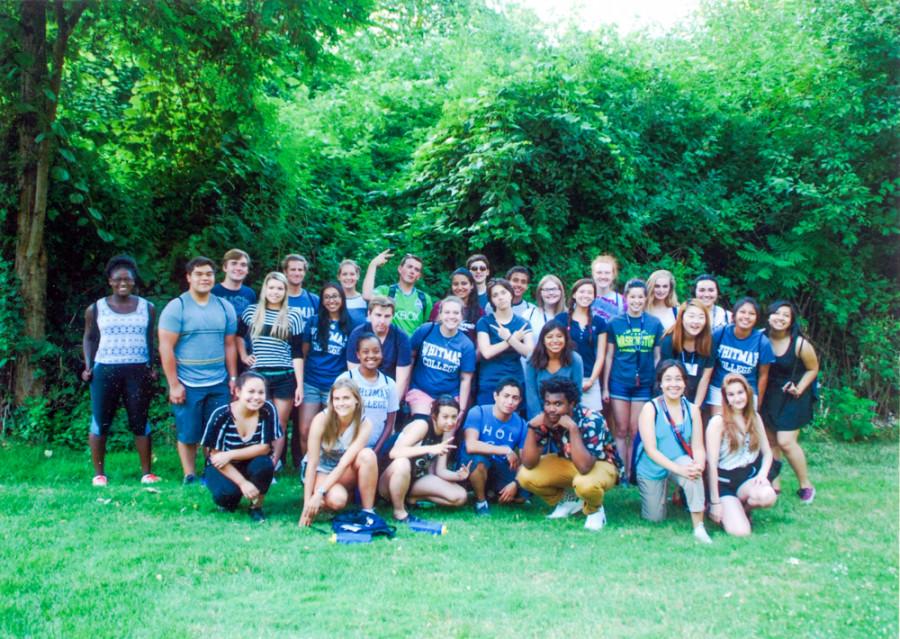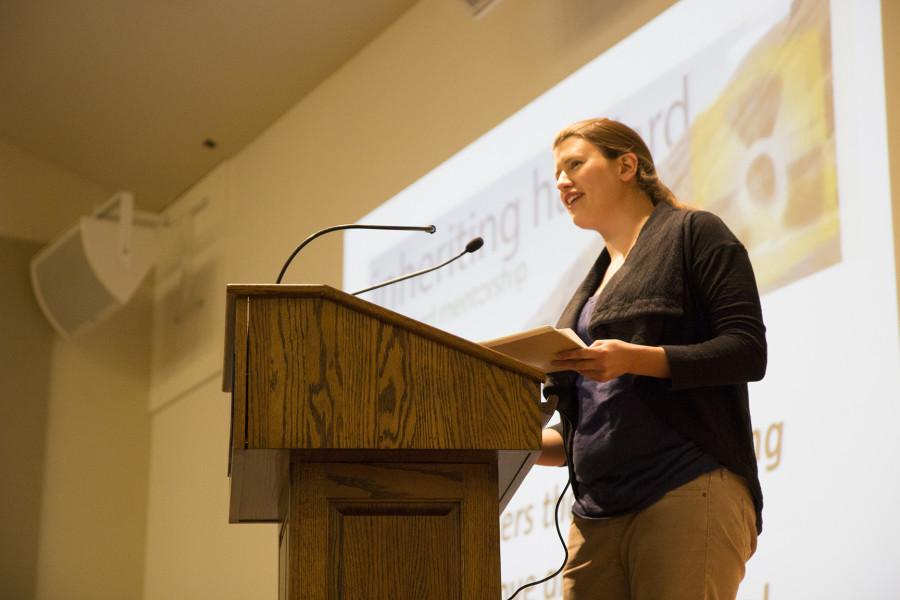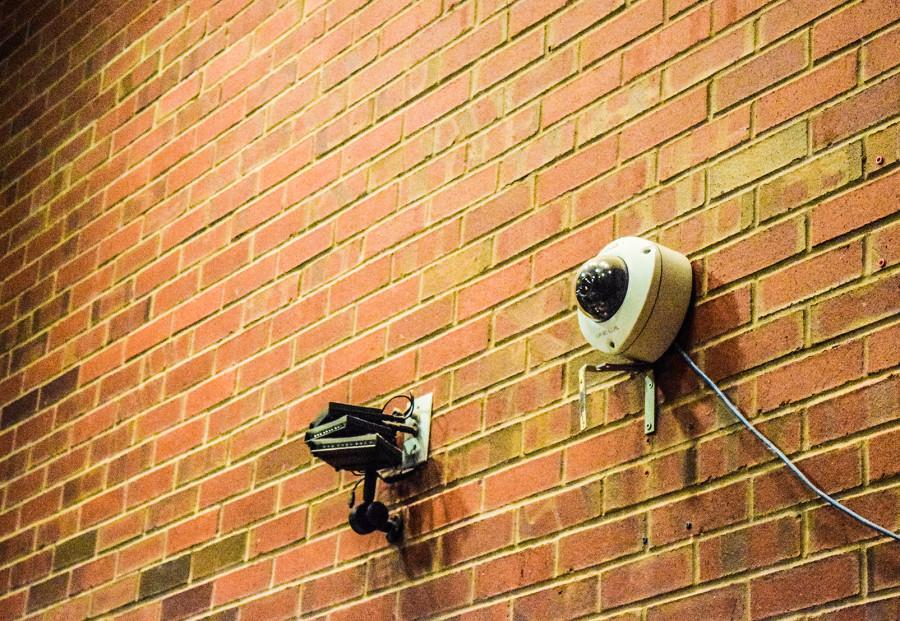As technology becomes more central in the daily lives of Americans, colleges all around the nation have begun breaking into social media sites such as Facebook and Twitter.
“Most of my generation’s interactions are online, and we draw heavily on communication online, so Whitman improving and continuing its reaches and communications on the web is a big deal to myself and my peers,” said first-year Caitlin Griffin.
Whitman has taken notice that students are living more of their lives over these social communication services. Although the college still primarily focuses on more traditional means of communication like mailings and phone calls, being a part of the social gathering on the internet is an important way to reach out to students. The administration strives for increased communication through social media and technology.
“At this point, we have used Facebook primarily to target external audiences. Alumni is the biggest audience by number but certainly donors, friends and parents, even prospective students more so than current students––but current students are more than encouraged to engage,” said Assistant Vice President of the Office of Communications Ruth Wardwell.
Whitman has had a Facebook account since December 2007 and started a Twitter account in April 2011.
“My goal with Facebook is to continue engaging both people who know us and people who don’t, but then ideally to take that further,” said Wardwell. “Are there things we can do? Can we look at the comments that people submit back to us and make connections there?”
According to a Pioneer survey of 120 students, Facebook is the primary form of social media used by students. 95 percent of survey respondents have a Facebook account. Of the Facebook users, 60 percent of survey respondents check their account multiple times per day. Students primarily use Facebook to find out about events in the area and to socialize with friends, but few (5.6 percent) used social media as a major source of information when applying to college.
Student Twitter use is significantly lower, with only 27 percent of survey respondents having a Twitter account. Following current news and using Twitter for fun are the top uses by survey respondents. Even among Whitman students who have a Twitter account, only 14.7 percent (five people) said they followed Whitman on Twitter. A majority of respondents were unaware that the college has a Twitter account.
The Office of Communication is also looking deeper into the realm of social media. However, since their Facebook and Twitter pages mainly target alumni and students off campus, Wardwell and her team are researching to establish a guideline that will help not only communications but also the Office of Admission.
“What the guideline does is help integrate communications [and] help further the brand messaging,” said Wardwell. “It enables a cross-pollination, so if coaches or faculty members, for example, are doing blogs that prospective students might be interested in, let’s make sure that the Admission Office knows in case they want to link to those on the Admission page. That’s at the heart of the guideline.”
The Office of Admission has been taking advantage of the expanded influence of social media. Sadie Nott and Robert Street are the primary admission officers in charge of the updates in the social media for Whitman’s outreach to prospective students. The two are also tasked with increasing the awareness of social media beyond Whitman.
Dean of Admission and Financial Aid Tony Cabasco understands that in future application years, social media will be just another method of interacting with students who may be interested in Whitman, giving them more options to receive information about the school. But the use of social media is a balance that the Office of Admission must find.
“The people who aren’t on Facebook, they’re going to contact us and engage us in whatever means that they want,” said Cabasco. “If there are people who are in that social media space, we want to be there too and make sure that we are engaging those folks who want to be there.”
Even though Whitman has generally started trending toward these new vehicles of communication, other methods of communicating with people who are associated with Whitman are important to retain.
“If you run a TV ad, there are people who don’t watch TV. If you run a newspaper ad, there are people who don’t read the newspaper,” said first-year Everett Wild, who monitored his high school’s Facebook account and Twitter feed. “The more different outreach pool[s] you can get into, the better off your outreach and events and your visibility and transparency are.”
The Pioneer survey suggested that Whitman could improve its communication to current students in the social media realm. Respondents said that they would like to see updates about campus events (50.8 percent), reminders about college deadlines such as registration (28.3 percent) and a greater variety of information in posts (32.5 percent).
The net result is that most students still receive information about campus news and events from places other than the college’s social media accounts. Most respondents said that listserv emails, word-of-mouth, or signs and flyers around campus were their main sources of information. Several noted that they got information from Facebook, but generally from friends’ posts, rather than Whitman’s account.
“I think it’s good that we’re exploring [social media] and students are also exploring it,” said Technology & Marketing Fellow for Student Engagement Center alumnus Kyle Scott ’12. “I think that Whitman is experiencing that growth. In the end, it will be a good move. This is evolution and we’re going to have to evolve into new forms of talking to people.”











